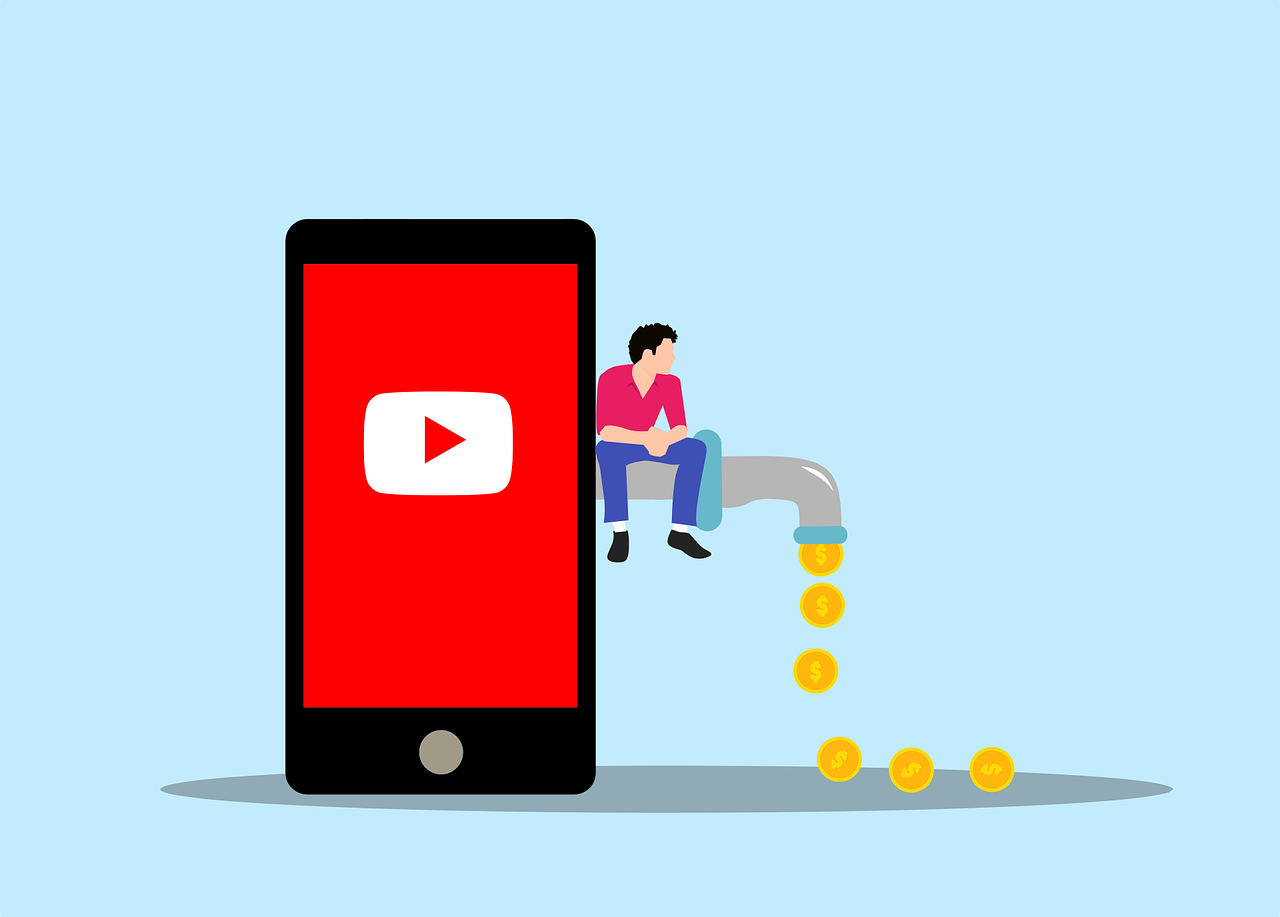Subscription-based business models have transformed industries ranging from streaming services to e-commerce and education. Offering consistent revenue, customer loyalty, and predictable cash flow, this model is ideal for businesses looking to build long-term relationships with their audience. In this guide, we’ll explore how to build a subscription-based business model, from concept to execution, and ensure it thrives in today’s competitive market.
What is a Subscription-Based Business Model?
A subscription-based business model allows customers to pay a recurring fee (monthly, quarterly, or annually) for continued access to a product or service. Examples include:
- Streaming Services: Netflix, Spotify.
- Software as a Service (SaaS): Adobe Creative Cloud, Canva.
- Subscription Boxes: Birchbox, Blue Apron.
- Online Learning Platforms: Skillshare, MasterClass.
This model focuses on providing ongoing value, fostering customer retention over one-time transactions.
Step 1: Identify Your Niche and Target Audience
The first step is understanding your audience’s needs and identifying a niche where you can deliver value consistently.
Key Questions:
- What problem does your product/service solve?
- Who is your ideal customer?
- How can your offering stand out from competitors?
Examples:
- Fitness enthusiasts: Weekly workout plans or nutrition guides.
- Entrepreneurs: Access to exclusive tools, templates, or online courses.
- Hobbyists: Crafting kits, photography presets, or gardening supplies.
Pro Tip: Use surveys or tools like Google Trends to validate your idea before launching.
Step 2: Decide on Your Subscription Model
Choose the type of subscription model that aligns with your business and audience:
- Product-Based Subscription:
- Customers receive physical goods (e.g., subscription boxes like Stitch Fix or Dollar Shave Club).
- Content-Based Subscription:
- Access to exclusive digital content such as e-books, courses, or podcasts (e.g., Patreon, Substack).
- Service-Based Subscription:
- Provide ongoing services like software tools, consulting, or memberships (e.g., Zoom, Grammarly).
- Hybrid Model:
- Combine multiple offerings, such as products and digital content (e.g., Peloton combines fitness equipment with a digital class subscription).
Step 3: Price Your Subscription
Pricing is a critical factor in attracting and retaining customers.
Considerations:
- Value Perception: Price your subscription based on the value it provides.
- Competitor Pricing: Research how similar businesses price their offerings.
- Freemium vs. Paid:
- Freemium: Offer basic features for free and charge for premium access (e.g., Spotify).
- Paid: Charge upfront for access (e.g., Netflix).
Tips for Success:
- Start with an introductory price to attract early adopters.
- Offer tiered pricing to cater to different customer segments:
- Basic: Entry-level access.
- Premium: Exclusive features or content.
- VIP: Personalized or advanced services.
Step 4: Build Your Platform
You’ll need a platform to manage subscriptions, process payments, and deliver your product or service.
Popular Tools:
- E-Commerce Platforms: Shopify, WooCommerce (with subscription plugins).
- Subscription Management: Chargebee, Recurly.
- Membership Platforms: MemberPress, Kajabi, Patreon.
Key Features to Include:
- User-friendly interface for customers.
- Automated payment processing and invoicing.
- Analytics to track subscriber behavior and revenue growth.
Step 5: Create Compelling Content or Products
To retain subscribers, your offering must deliver consistent and compelling value.
Examples:
- Content-Based Businesses:
- Monthly webinars, fresh articles, or community Q&A sessions.
- Product-Based Businesses:
- Exclusive items, surprise themes, or personalized recommendations.
- Service-Based Businesses:
- Regular updates, customer support, or ongoing enhancements.
Pro Tip: Use surveys and feedback to ensure your offering evolves with customer needs.
Step 6: Market Your Subscription
Attracting subscribers requires a strong marketing strategy.
Effective Marketing Channels:
- Social Media:
- Use platforms like Instagram, Twitter, and LinkedIn to share testimonials and behind-the-scenes content.
- Email Marketing:
- Offer free trials, discounts, or exclusive content to your mailing list.
- Influencer Partnerships:
- Collaborate with influencers in your niche to promote your subscription.
- Referral Programs:
- Reward existing customers for referring new subscribers.
Content Ideas:
- Create blog posts, videos, or infographics that highlight the benefits of your subscription.
- Share success stories or case studies of current subscribers.
Step 7: Focus on Retention and Growth
Customer retention is the backbone of a successful subscription model.
Strategies to Retain Subscribers:
- Personalization:
- Tailor recommendations or services to individual subscribers.
- Engagement:
- Build a community around your subscription through forums, live events, or social media groups.
- Regular Updates:
- Keep your offering fresh with new features, products, or content.
Monitor Key Metrics:
- Churn Rate: Percentage of subscribers who cancel their subscription.
- Customer Lifetime Value (CLV): Total revenue generated by a subscriber during their membership.
- Monthly Recurring Revenue (MRR): Total revenue from subscriptions each month.
Step 8: Scale Your Business
Once your subscription model is stable, focus on scaling.
Ways to Scale:
- Expand into new markets or niches.
- Offer additional subscription tiers or upsells.
- Partner with other businesses to enhance your offering.
Automation Tools:
- Use tools like Zapier to automate repetitive tasks (e.g., sending welcome emails).
- Implement chatbots for customer support.
Common Challenges and How to Overcome Them
- Attracting Subscribers:
- Use free trials or limited-time offers to lower the barrier to entry.
- Managing Subscriber Churn:
- Regularly engage with customers to understand their needs and address concerns.
- Competition:
- Focus on your unique value proposition and customer experience.
Building a subscription-based business model is a powerful way to generate recurring revenue and foster long-term customer loyalty. By identifying your niche, pricing your offering strategically, and focusing on retention, you can create a sustainable and profitable business. With the right tools and strategies, your subscription model can grow into a thriving income stream.
Ready to start? Choose your niche and start building your subscription-based business today!

No responses yet